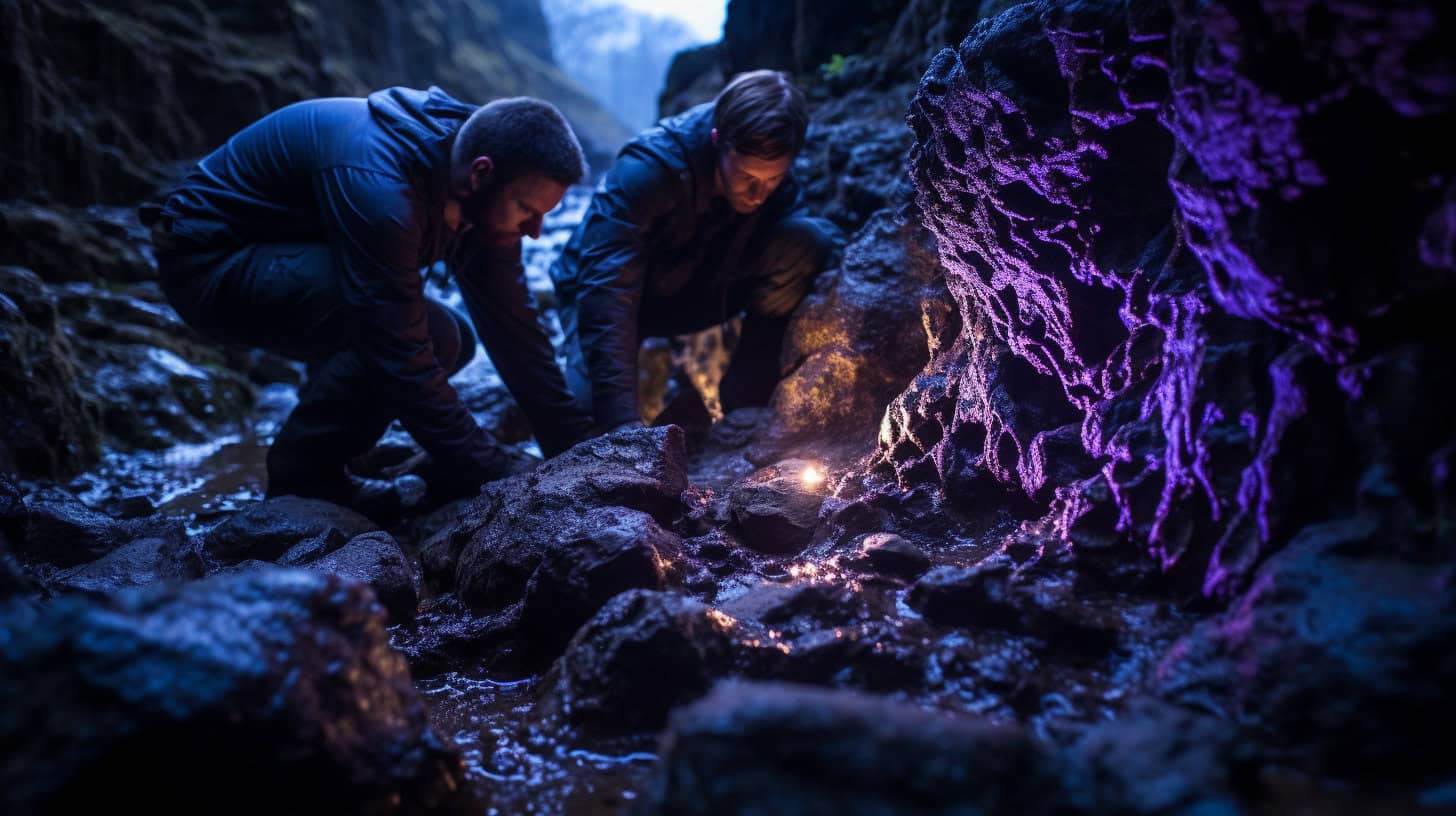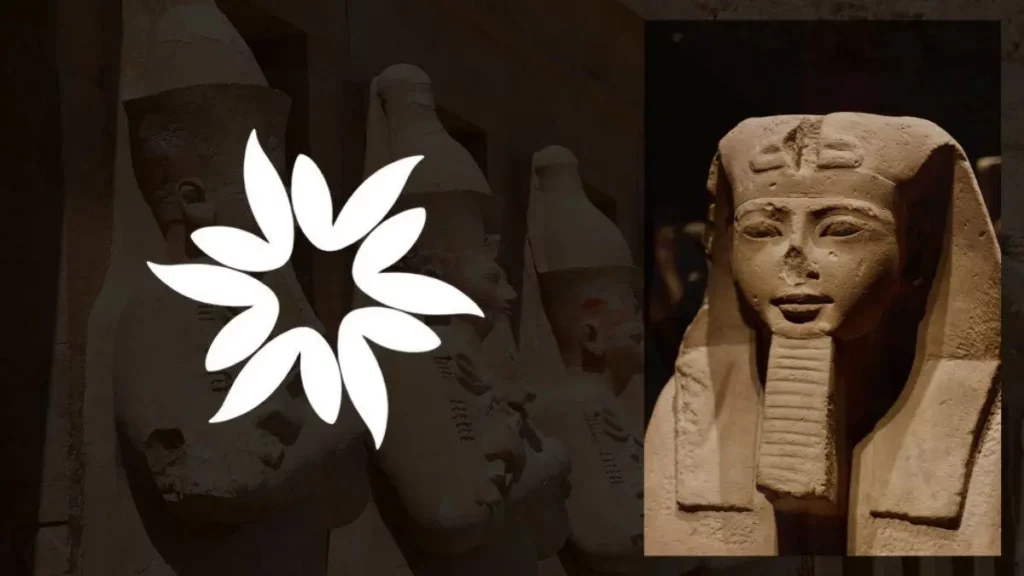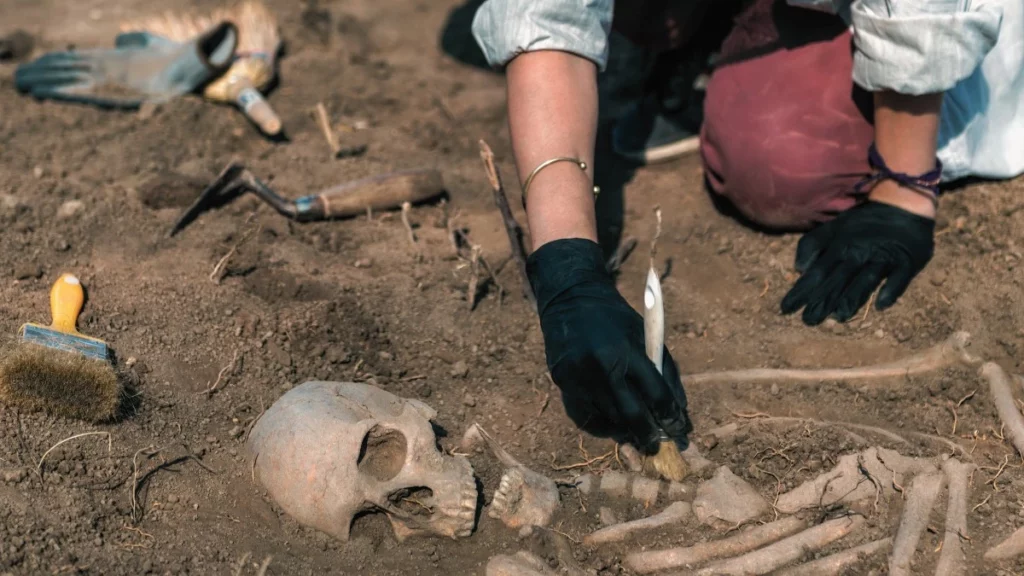Discover the story of the remarkable discovery of a 5,000 year old tomb in Scotland’s Orkney Islands, with exclusive details on the skeletons and artifacts found within.
Key Takeaways
- The tomb, dating back 5,000 years, was discovered after a three-week-long excavation on the Orkney Islands.
- Archaeologists found 14 articulated skeletons along with other human remains and artifacts, providing a rich source of historical knowledge.
- Despite its near destruction in the 19th century, enough of the tomb has survived, allowing experts to piece together its size, form, and construction.
A 5,000 Year Old Tomb Found in Scotland
In a remarkable discovery on the Orkney Islands of Scotland, archaeologists have brought to light the remains of a tomb dating back 5,000 years. National Museums Scotland shared this news on Tuesday, capturing the attention of history enthusiasts and scholars alike.
The Tomb’s Neolithic Origins and Past Destruction
Originating from the Neolithic era, this tomb stands out due to its extreme rarity. Throughout history, only a dozen such tombs have been found in Orkney, showcasing the significance of this find. These tombs are hailed as the height of Neolithic craftsmanship in the northern regions of Britain. However, the tomb faced near obliteration in the 19th century, leaving behind no records of its existence until now.
In the heart of the tomb lies a sizable stone chamber, encircled by six smaller rooms, all nested within a cairn—a man-made stone pile marking a burial site. A three-week excavation led to this discovery, unveiling a piece of history that had been concealed for millennia.
Discovering the Ancient Inhabitants
The archaeologists’ efforts were rewarded when they found 14 complete skeletons of men, women, and children in one of the smaller chambers. Alongside the human remains, they unearthed pottery, stone tools, and a bone pin. The discovery of so many preserved human remains in one location is a rare occurrence, especially considering the extensive stone robbing that occurred in the past for building materials.
Vicki Cummings of Cardiff University’s School of History, Archaeology and Religion, who co-directed the excavation, expressed her amazement at the preservation of the human remains despite the past disruptions.
The Tomb’s Rediscovery and Preservation
The Holm tomb, buried beneath a pasture field, faced destruction in the late 18th or early 19th century, as stones from the tomb were taken to construct a nearby farmhouse. In 1896, a farmer’s son stumbled upon eight skeletons while digging through the ruins, an event documented in The Orcadian newspaper. This discovery eventually led archaeologists to explore the area further.
Dr. Hugo Anderson-Whymark of National Museums Scotland, who also co-directed the excavation, emphasized the archaeological richness of Orkney. He noted the surprising nature of the find, given the small scale of the excavation, and expressed gratitude that enough of the tomb survived to allow for a proper understanding of its original structure and purpose.








